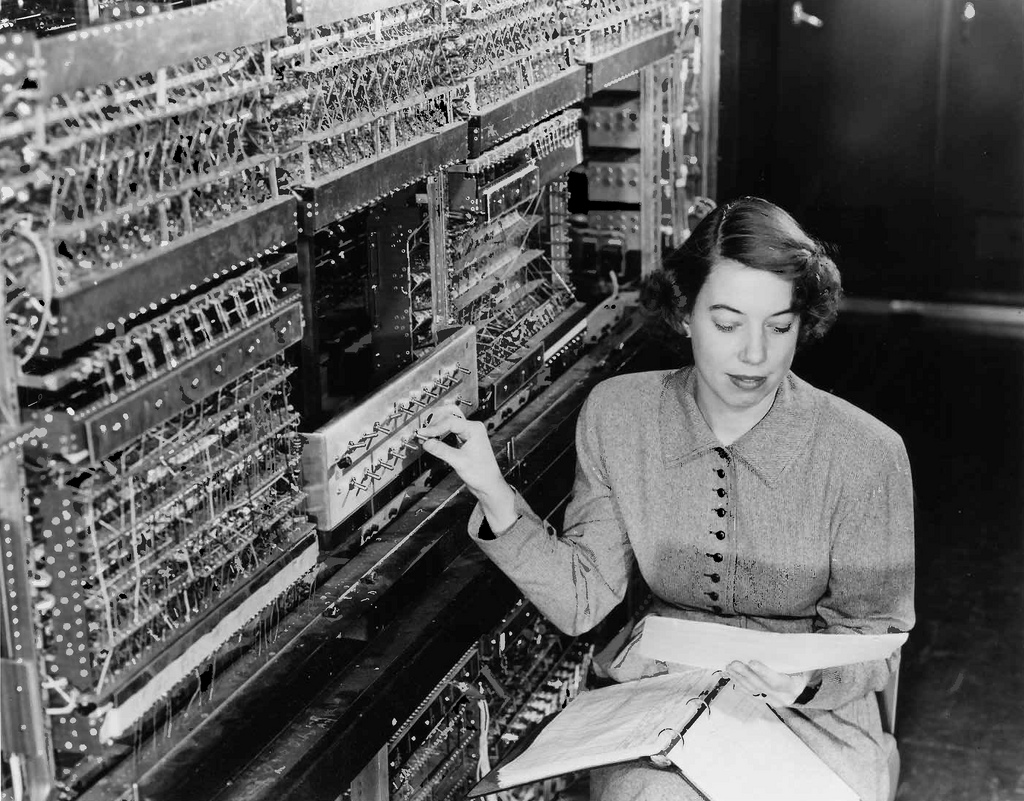It’s remarkable how much computers have changed over time. Back in the day, these machines were big and bulky, and could only process a small fraction of what computers today are capable of. We attribute these changes to Moore’s Law, which states that, as the size of transistors shrinks, we can fit exponentially more in our computers and devices.
This is true across all devices – storage capacity is improving, computer displays are becoming increasingly clearer and sharper, and camera/picture quality are improving. This all happens at a rate of once every two years, according to Moore’s Law. Back in January 2018, we explored Moore’s Law and what comes after it. Today, let’s dive into how computers have changed throughout the years:
First Generation Computers

Computers have existed in three generations. The first generation of computers lasted from 1937-1946. The computers occupied full rooms and even whole floors of buildings, and weighed many tons. These computers used vacuum tubes for processing, instead of transistors that we use today. They also used plugboards and paper for data output instead of a display monitor.
These computers were mainly used by the military (e.g. the Colossus, built in 1943). These machines were not very powerful at all, at least not by today’s standards – they could only perform a single task at a time and there was no operating system – it took a lot of juice to power them. The Electronic Numerical Integrator and Computer (ENIAC) was said to have dimmed lights in parts of Philadelphia, PA when it was first turned on.
Second Generation Computers

Transistors were introduced in the second generation (1947-1962), in place of vacuum tubes. During this time, programming languages were being developed, and computers had operating systems and memory. Tapes and disks were also used for storage. In 1951, the Universal Automatic Computer (UNIVAC 1) was introduced to the public, and in 1953, the International Business Machine (IBM) computer series 650 and 700 made their ways into the world of computers.
Third Generation Computers

Included in this generation (1963-present) are present-day computers. The integrated circuit saw computers grow smaller in size, while performance and capabilities skyrocketed. Computers were finally able to perform various functions and run different programs at the same time.
Moore’s Law was established in 1965 as a prediction for exponential increase in computer speed and capabilities. Personal computers grew immensely during this time. IBM’s personal computer was for the home and office in 1981, and Apple’s Macintosh in 1984. Moreover, Microsoft Windows operating system was released in the ‘90s.
The first computers would quiver at the power, speed, and functionality of today’s beasts. There’s no question that computers have improved over the years. But what is the future of computers? Keep up with the blog as we will explore this area very soon. For all your IT and device needs, questions, comments, and concerns, contact M&H Consulting by phone at 1-(866)-964-8324.
